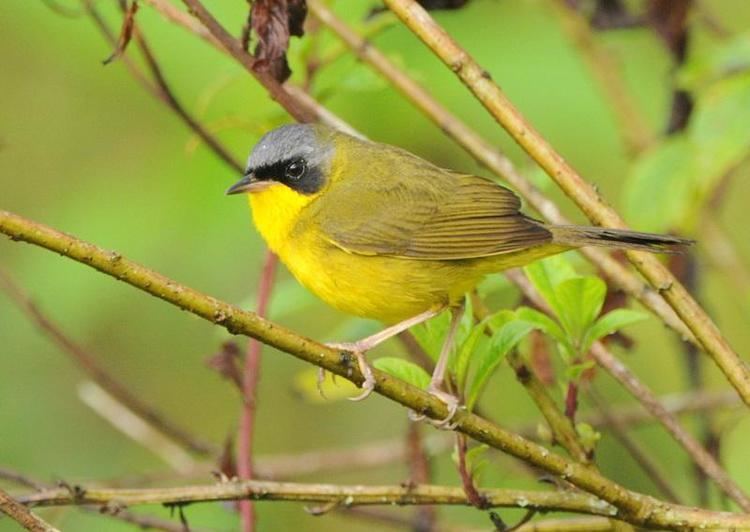Genus Geothlypis Phylum Chordata Rank Species | Family Parulidae Scientific name Geothlypis aequinoctialis Higher classification Yellowthroat Order Passerine | |
Similar Yellowthroat, Bird, New World warbler, Tropical parula, Golden‑crowned warbler | ||
Masked yellowthroat geothlypis aequinoctialis magdalena valley birds
The masked yellowthroat (Geothlypis aequinoctialis) is a New World warbler. It has a number of separate resident breeding populations in Central and South America, some of which may be considered to form separate species.
Contents
- Masked yellowthroat geothlypis aequinoctialis magdalena valley birds
- Geothlypis aequinoctialis bird masked yellowthroat parulidae pia cobra
- Taxonomy
- References

The breeding habitat is marshes and other wet areas with dense low vegetation. The masked yellowthroat may also be found in other areas with dense shrub, but is less common in drier habitats. Two white eggs with reddish-brown markings are laid in a lined cup nest low in grass or rank vegetation.

The masked yellowthroat is 13.2 cm long and weighs 13 g. It has yellow-green upperparts, bright yellow underparts, and a mainly black bill. The adult male has a black facemask, bordered above with a gray band. The female is similar, but lacks the black mask. She is slightly duller, has variable amounts of gray to the head (often virtually none), a yellowish eye ring and a yellowish stripe from the bill to the eye. There are significant racial variations in the male plumage (see Taxonomy).
This species is easily distinguished from wintering common yellowthroat by its uniform yellow underparts, whereas the North American bird has a white belly.

The masked yellowthroat is usually seen in pairs, and does not associate with other species. It is often skulking, but may pop up occasionally, especially to sing. It feeds on insects, including caterpillars, which are usually captured in dense vegetation. The call is a fast chattering, quite unlike that of other yellowthroat species, and a more typical sharp chip.

This species may be spreading in Central America due to deforestation.
Geothlypis aequinoctialis bird masked yellowthroat parulidae pia cobra
Taxonomy
There are five subspecies of the masked yellowthroat, differing in size, male head pattern and song. The Central American subspecies is sometimes considered a separate species, and the two Pacific subspecies together are also often treated as a species. Recent genetic evidence suggests that the southern South American subspecies may also merit specific status. The populations are as follows:
It is likely that the range of this species was once continuous, perhaps in the cooler conditions of the last ice age, but the populations are now separated by the dense sections of wet lowland forests of the Amazon and Chocó. The auriculata and chiriquensis groups are further separated from the nominate and velata groups by the Andes Mountains.
